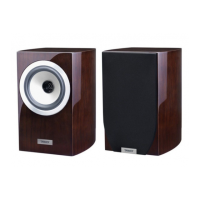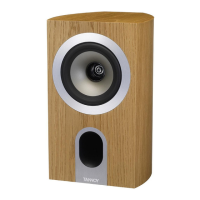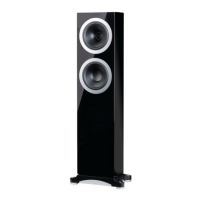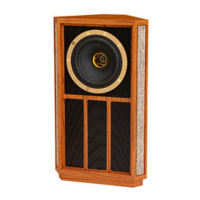Do you have a question about the Tannoy ellipse and is the answer not in the manual?
Lists various applications for the Ellipse monitors, including project studios and CD mastering.
Details voltage selector settings and fuse replacement for safe operation.
Explains the design principles behind the Ellipse monitors, including Dual Concentric and Wideband technology.
Instructions for safely removing speakers from packaging and inspecting for transit damage.
Warning about high sound levels and potential hearing loss; recommends using a sound level meter.
Guidance on mounting options and magnetic shielding for optimal speaker placement.
Advice on speaker spacing, aiming, and listening position for optimal stereo sound.
Details on connecting audio sources via XLR and setting initial sensitivity controls.
How to adjust the sensitivity control to match output levels for optimal monitor performance.
Explains how console reflections affect near-field monitoring and how to minimize them.
Explains the input circuitry, EQ, active filters, and power amplifier stages for the drivers.
Details Analogue Signal Processing for flat frequency response and time-alignment.
Explains the meanings of the multi-function LED colours for status and VLF signal detection.
Describes the design of the active crossover for splitting signals to LF and HF amplification channels.
Information on bass port function, placement, and the use of foam bungs for tuning.
Explains the rear panel sensitivity control for adjusting input gain for various equipment.
Details the three-band equalizer for compensating room acoustics and drive unit variations.
Instructions for cleaning and maintaining the speaker cabinet finish.
Step-by-step guide for safely removing and refitting the low-frequency driver unit.
Advice on checking input connections and fuses for amplifier malfunction.
Lists part numbers and descriptions for common replacement components.











